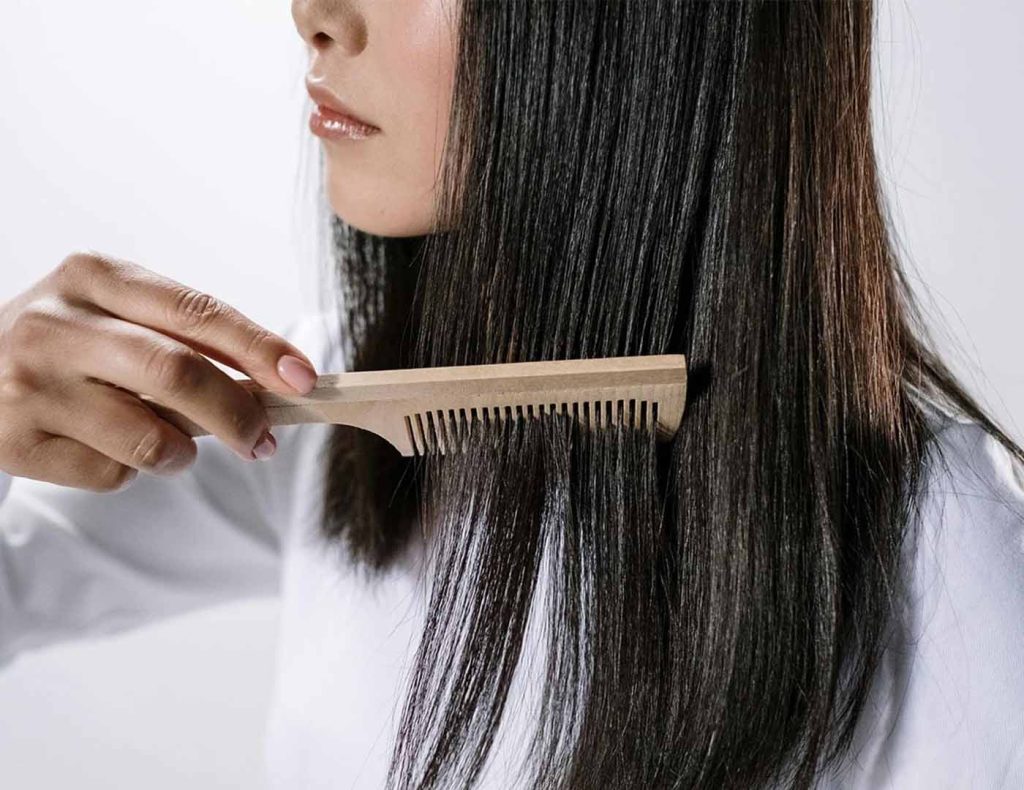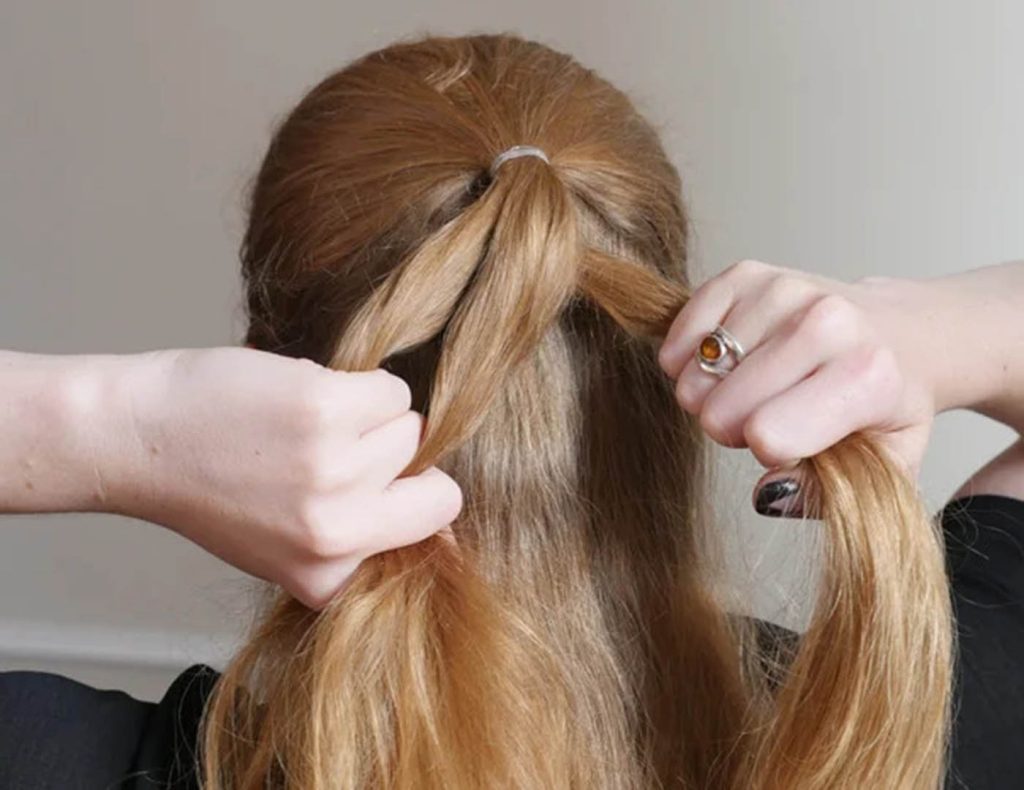Hair is often regarded as a person’s crowning glory, and for good reason. Well-maintained hair not only enhances your overall appearance but also boosts your confidence. Whether your hair is straight, wavy, curly, or coily, one universal desire remains: healthy, smooth, and shiny locks. To achieve that, consistent and proper hair care is crucial. Here, we will explore the golden rules of hair care, which will help you keep your tresses in top condition.
1. Know Your Hair Type and Texture
The first step toward effective hair care is understanding your hair type and texture. Different hair types require different treatment methods and products. Are your hair strands fine or coarse? Is your hair naturally straight, wavy, or curly? These questions matter when selecting shampoos, conditioners, and styling products.
- Fine Hair: Fine hair tends to get oily quickly and can easily be weighed down by heavy products. Opt for lightweight shampoos and conditioners, and avoid excessive use of styling creams or oils.
- Thick or Coarse Hair: If your hair is thicker or coarser, you might benefit from hydrating and nourishing products that will help maintain moisture and reduce frizz.
- Curly Hair: Curly hair tends to be drier than straight hair due to its shape, which makes it harder for natural oils to travel down the shaft. Use moisturizing and curl-enhancing products that provide both nourishment and definition.
- Straight Hair: Straight hair, while generally easier to manage, may show oil buildup more quickly. Regular washing and lightweight products will help keep it healthy and fresh.

2. Choose the Right Shampoo and Conditioner
Shampooing and conditioning are foundational aspects of hair care. However, using the wrong products for your hair type can lead to dryness, oiliness, or damage. Here are some tips for choosing the best products:
- Shampoo: Look for sulfate-free shampoos to avoid stripping your hair of its natural oils. Sulfates are harsh cleansing agents that can leave your hair dry and brittle. If your hair is oily, you may need a clarifying shampoo, but use it sparingly to prevent damage.
- Conditioner: The primary function of conditioner is to hydrate and detangle the hair. If you have fine hair, choose a lightweight conditioner. For thicker or coarser hair, look for rich, moisturizing formulas that will keep your strands smooth and nourished.
It’s important to use a shampoo and conditioner that complement each other. Mixing products from different brands or lines may not always provide the best results. Stick to a set that is designed for your hair type.
3. Avoid Over-Washing Your Hair
Washing your hair every day can strip it of its natural oils, leaving it dry and brittle. Most people don’t need to wash their hair daily. Depending on your hair type and lifestyle, 2-3 times a week is often sufficient.
If you’re concerned about oil buildup or sweat, consider using a dry shampoo between washes. Dry shampoo absorbs excess oil and helps extend the time between washes, keeping your hair looking fresh.
4. Use a Leave-In Conditioner or Hair Serum
To add an extra layer of protection and nourishment, consider using a leave-in conditioner or a hair serum. These products provide added hydration, reduce frizz, and help protect your hair from environmental stressors such as pollution and UV rays. They are especially beneficial for dry or damaged hair, as they help seal in moisture and smooth the hair cuticle.
- Leave-In Conditioner: This lightweight spray or cream formula adds moisture without weighing down the hair. It’s perfect for detangling and providing protection from heat styling.
- Hair Serums: If you have frizz or dry ends, a lightweight hair serum can give your hair a glossy shine and seal in moisture. Apply a small amount to damp hair and work it through the strands for a smooth finish.
5. Regular Hair Masks and Deep Conditioning
Deep conditioning treatments and hair masks are essential to maintain the health of your hair. These products contain rich ingredients that nourish the hair deeply, restore moisture, and repair damage.
- Hydrating Hair Masks: If your hair is dry or prone to split ends, use a hydrating hair mask once a week to restore moisture and prevent breakage.
- Protein Masks: For damaged or weak hair, a protein mask can help strengthen the hair shaft and reduce the risk of further damage. Be cautious not to overdo protein treatments, as too much protein can lead to brittle hair.
6. Limit Heat Styling
Heat styling tools, such as flat irons, curling irons, and blow dryers, can cause significant damage to your hair over time. Excessive heat can dry out the hair, leading to split ends, frizz, and breakage. Here are some tips to minimize heat damage:
- Use Heat Protectant: Always apply a heat protectant spray or serum before using any styling tools. These products create a barrier between your hair and the heat, reducing the potential for damage.
- Lower the Heat Settings: When using a blow dryer or flat iron, try to keep the temperature on the lower setting to reduce the risk of heat damage.
- Limit Use: Give your hair a break from heat styling as often as possible. Embrace your natural texture or experiment with heatless styling methods, such as braiding or twisting damp hair for waves.

7. Trim Your Hair Regularly
Even the healthiest hair will eventually develop split ends and breakage. To keep your hair looking its best, schedule regular trims every 6-8 weeks. Regular trimming not only keeps your hair healthy by removing damaged ends but also encourages growth by preventing split ends from traveling up the hair shaft.
If you’re growing your hair out, don’t skip trims altogether—just opt for a light dusting to remove the most damaged ends without sacrificing length.
8. Protect Your Hair While Sleeping
While you sleep, your hair is subjected to friction from your pillowcase, which can lead to breakage and frizz. To prevent this:
- Use a Silk or Satin Pillowcase: Silk or satin pillowcases create less friction than cotton, helping to prevent tangling and frizz. They also help to retain your hair’s moisture, so you wake up with smoother hair.
- Hair Wrap or Bonnet: If you want to go the extra mile, consider wearing a silk or satin hair wrap or bonnet while sleeping. This will further protect your hair and prevent it from getting tangled overnight.
9. Maintain a Healthy Diet
What you eat plays a crucial role in the health of your hair. A balanced diet rich in vitamins and minerals can promote strong, shiny hair. Key nutrients for hair health include:
- Protein: Hair is made of keratin, a protein, so it’s essential to consume enough protein from sources like lean meats, fish, eggs, and legumes.
- Omega-3 Fatty Acids: Found in fish like salmon, as well as in flaxseeds and walnuts, omega-3s help keep your scalp hydrated and promote hair growth.
- Biotin and Vitamin E: Biotin, found in foods like eggs, nuts, and avocados, is essential for healthy hair growth. Vitamin E helps improve circulation to the scalp, supporting hair health.
10. Be Gentle with Your Hair
Finally, always be gentle with your hair. Avoid rough towel-drying, as this can cause frizz and breakage. Instead, gently pat your hair dry with a soft towel. When detangling, use a wide-tooth comb or your fingers to gently work through knots. Never pull or tug at your hair, as this can lead to unnecessary breakage.
Achieving healthy, smooth hair doesn’t happen overnight, but with the right care and attention, your locks can reach their full potential. By following these golden rules—knowing your hair type, using the right products, avoiding excessive heat, and protecting your hair from damage—you can keep your hair healthy, shiny, and full of life. Remember, hair care is a long-term investment, and the results are worth the effort. So take the time to treat your hair with love, and it will reward you with beautiful, healthy strands.